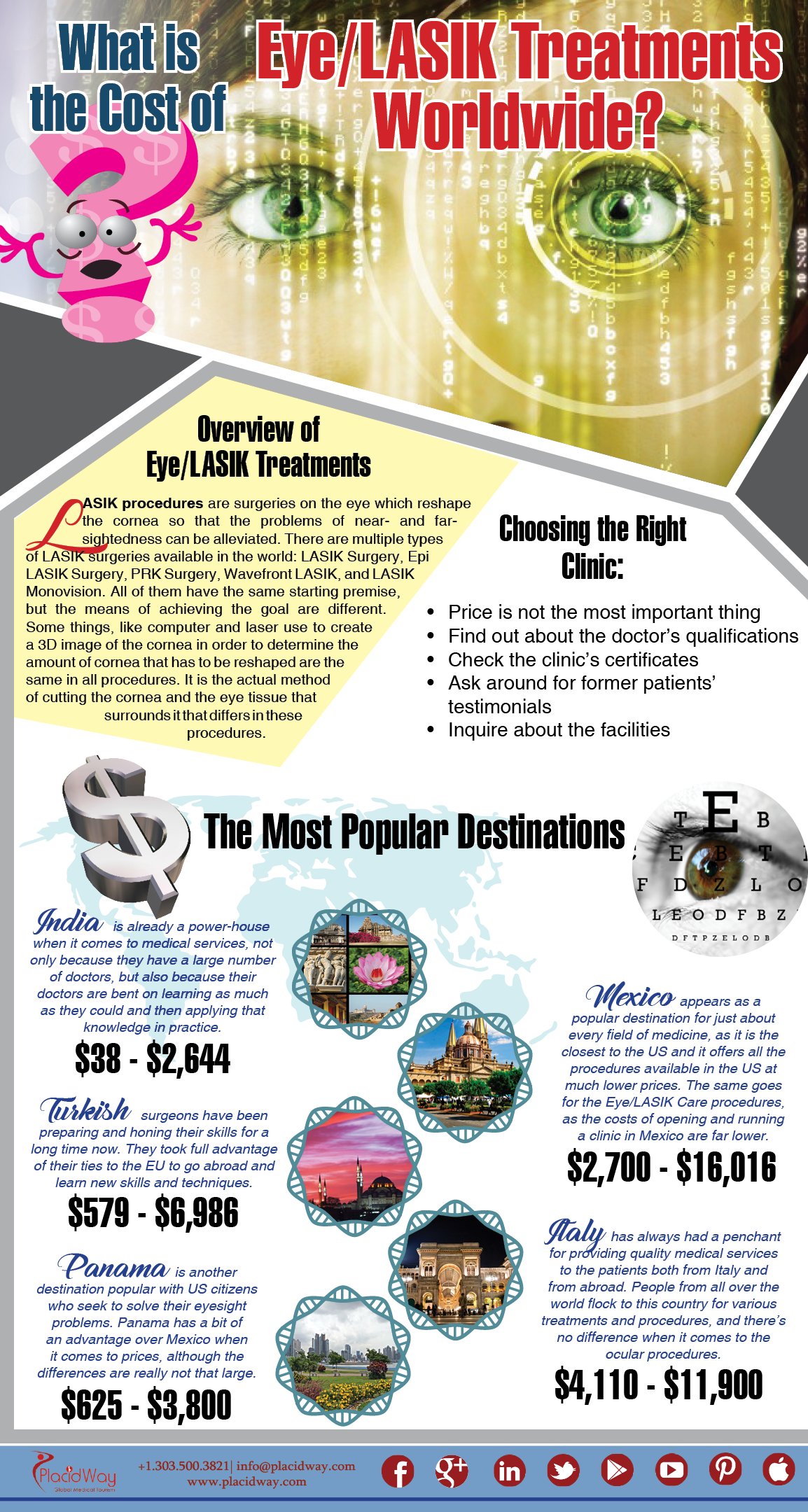Contrasting Conventional And Advanced Approaches To Glaucoma Management
Contrasting Conventional And Advanced Approaches To Glaucoma Management
Blog Article
Produced By-Graves Petersson
Did you understand that the development of glaucoma therapy methods covers centuries, incorporating both conventional treatments and cutting-edge technologies? From ancient herbal mixtures to innovative Minimally Intrusive Glaucoma Surgical treatment techniques, the spectrum of choices is large. As you delve into the ins and outs of traditional versus innovative techniques, you might discover unexpected insights that challenge standard point of views on treating this common eye condition.
Historic Evolution of Glaucoma Treatments
The historic advancement of glaucoma treatments goes back to old human beings where different remedies were made use of to manage the problem. In old Egypt, as an example, therapies involved a mixture of honey, fat, and sour milk put on the eyes. The Greeks and Romans additionally added to early glaucoma treatments with a focus on topical applications and nutritional treatments. Throughout background, varied cultures established unique techniques to minimize the signs and symptoms of glaucoma, frequently rooted in organic remedies and superstitious notions.
As time advanced, improvements in medical expertise led to even more methodical methods to dealing with glaucoma. In the Middle Ages, Arabic scholars made significant contributions by examining the anatomy of the eye and creating surgical methods to resolve eye conditions. These early developments laid the foundation for modern-day glaucoma therapies that we have actually today. Understanding the historic context of glaucoma treatments gives useful insights right into the constant progression and refinement of clinical techniques over the centuries.
Comparison of Typical Approaches
In comparing conventional methods for dealing with glaucoma, consider the historical contexts and efficiency of numerous solutions.
https://www.webmd.com/eye-health/news/20161202/halo-effect-common-after-lasik-eye-surgery for glaucoma have actually advanced over centuries, from ancient practices like making use of honey and a glass of wine to more current innovations such as eye decreases and surgical treatments. Historically, https://lasik-requirements17384.loginblogin.com/32819606/prepare-to-change-your-vision-clearness-with-laser-vision-correction-procedures-unlocking-a-world-of-possibilities-for-your-vision like the application of leeches or organic concoctions were made use of to ease signs, but their effectiveness was restricted.
As time proceeded, techniques like iridectomy, where a part of the iris is gotten rid of, ended up being prominent for decreasing intraocular stress. Some conventional methods, like making use of dental drugs to reduce eye stress, have stood the test of time and are still used today. However, these therapies often feature side effects and might not be as reliable as modern-day alternatives.
It's essential to weigh the historic significance of standard glaucoma treatments versus their effectiveness in the context of existing medical advancements.
Evaluation of Ingenious Therapy Approaches
Thinking about the developing landscape of glaucoma treatment, innovative strategies are reinventing the method this eye condition is handled.
One notable development is minimally invasive glaucoma surgery (MIGS), which supplies a much less intrusive alternative to conventional procedures. MIGS intends to lower intraocular stress by boosting the eye's all-natural drainage system, bring about fewer problems and faster healing times compared to conventional surgeries.
In addition, the advancement of sustained-release medicine distribution systems has actually provided an extra effective way to provide glaucoma medicine. These systems can launch medication gradually over an extended period, enhancing client adherence and minimizing the frequency of eye drops.
Moreover, arising modern technologies like selective laser trabeculoplasty (SLT) offer a non-invasive option for reducing intraocular pressure by targeting details cells in the eye's water drainage system.
Conclusion
As you reflect on the development of glaucoma treatments, you can see just how typical methods have led the way for cutting-edge methods to arise.
From ancient remedies to modern improvements, the journey of treating this complicated eye condition has resembled a rollercoaster experience.
However with new strategies like MIGS and sustained-release medicine delivery, the future looks brighter than ever for clients seeking reliable and less invasive solutions.
